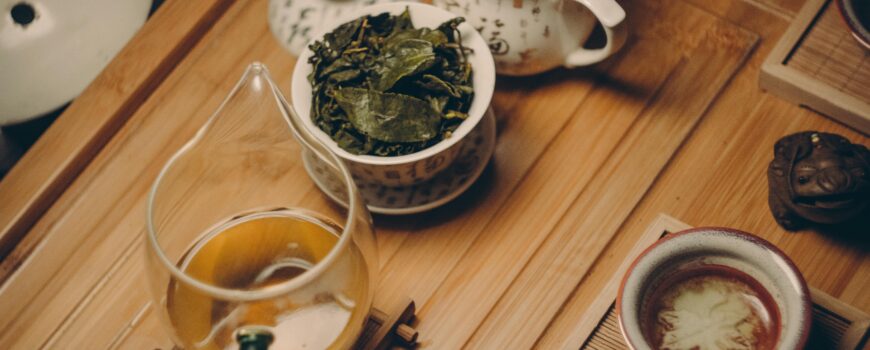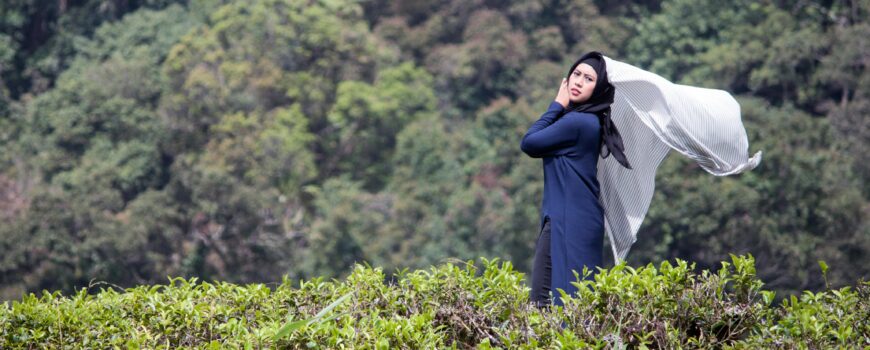Green tea tasting is a refined and enjoyable process that involves evaluating the quality, flavor, aroma, and appearance of different green teas. This guide will help you conduct a green tea tasting, ensuring you appreciate the unique characteristics of each tea.
Preparing for the Tasting
1. Gather Your Supplies:
- Green Tea Samples: Select a variety of green tea samples for tasting.
- Tasting Cups: Small white porcelain cups are ideal for observing the tea’s color and clarity.
- Teapots or Infusers: Use clean, neutral-flavored teapots or infusers to brew the teas.
- Kettle: Ensure you have access to fresh, clean water for brewing.
- Tasting Spoons: Silver or stainless steel spoons for sampling the tea.
- Note-taking Materials: A notebook or tasting sheets to record your observations.
2. Set Up the Tasting Area:
- Clean Environment: Ensure your tasting area is clean and free from strong odors that might affect your perception of the tea.
- Good Lighting: Proper lighting helps you observe the tea leaves and liquor accurately.
The Tasting Process
1. Observe the Dry Leaves:
- Appearance: Examine the color, shape, and size of the dry leaves. High-quality green tea leaves are often vibrant green and well-shaped.
- Smell: Take a moment to smell the dry leaves. Note any initial aromas, which can range from grassy and vegetal to floral and sweet.
2. Brew the Tea:
- Water Temperature: Heat water to about 70-80°C (158-176°F). Boiling water can scorch green tea leaves and result in a bitter taste.
- Quantity: Use about 2 grams of green tea per 200 ml of water.
- Brewing Time: Steep the tea for 2-3 minutes. Green tea requires a shorter brewing time to prevent bitterness.
3. Observe the Liquor:
- Color: The brewed tea should have a light green to yellow color.
- Clarity: The tea liquor should be clear and bright.
4. Smell the Aroma:
- Aromatics: Take a deep breath to capture the green tea’s aroma. Note any distinct scents such as grassy, vegetal, floral, or sweet.
5. Taste the Tea:
- First Sip: Take a small sip to get an initial impression.
- Swirl and Slurp: Swirl the tea around in your mouth and slurp it to enhance the flavor experience. This helps to aerate the tea and release more flavor.
- Evaluate: Note the tea’s sweetness, umami, bitterness, and any other unique flavors. Green tea should have a fresh, clean taste with a balance of sweetness and a slight astringency.
6. Note the Aftertaste:
- Finish: Pay attention to the aftertaste. Good green tea should leave a refreshing, lingering flavor.
Recording Your Observations
1. Use a Tasting Sheet:
- Attributes: Record observations for appearance, aroma, flavor, mouthfeel, and aftertaste.
- Scoring: Use a numerical scale to rate each attribute for a more structured evaluation.
2. Compare Notes:
- Consistency: Compare your notes with other tasters if possible to ensure consistency and objectivity.
- Preferences: Identify which teas you prefer and why, noting specific characteristics that stood out.
Tips for an Effective Green Tea Tasting
- Use Fresh Water: Always use fresh, filtered water to ensure the purest taste.
- Clean Equipment: Ensure all teapots, cups, and spoons are clean and free from any previous tea residues.
- Neutral Environment: Conduct the tasting in a neutral environment free from strong odors or flavors that could interfere with your tasting.
- Pace Yourself: Give yourself time to fully experience each tea before moving on to the next one.
Conclusion
Green tea tasting is an art that requires practice and a keen sense of observation. By following these steps, you can develop a deeper appreciation for green teas, understanding their unique qualities and flavors. Whether you are a tea enthusiast or a professional taster, this guide will help you enhance your tea tasting skills and enjoy the rich world of green tea even more.
Zircon Tea Company
Email is info@zirconshop.in
Contact no is +91-9499347308
Our You tube Channel is Zircon Tea Company




